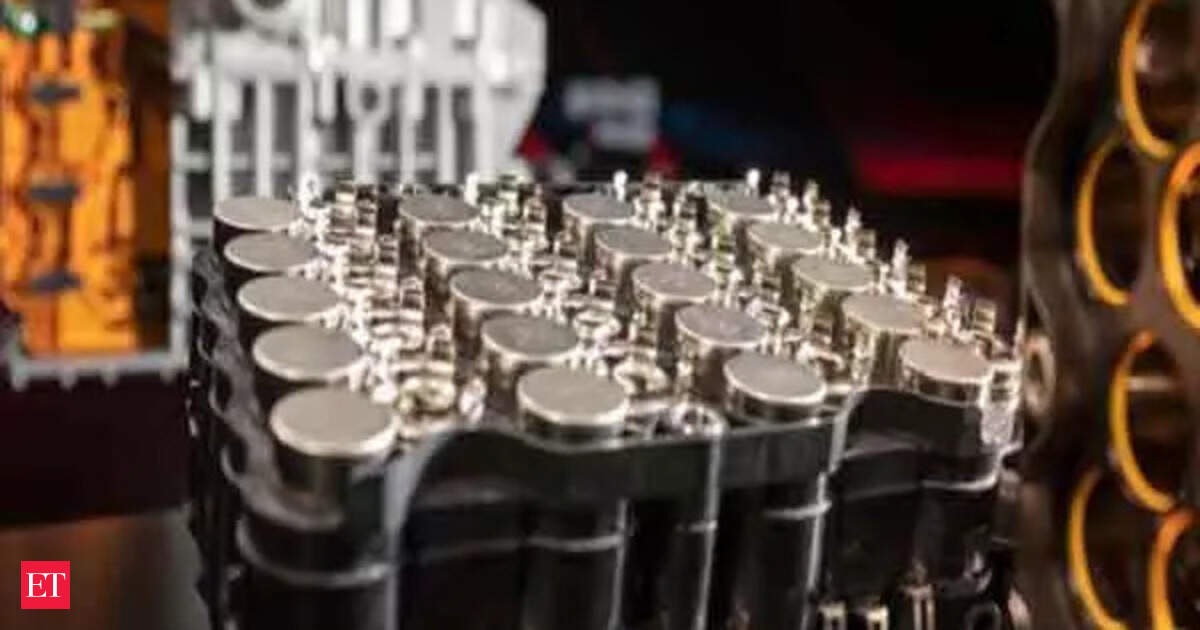Key Takeaways
- Experts recommend exploring battery technologies beyond lithium-ion to support India’s growing electric vehicle market.
- Alternative options like Vanadium Redox Flow Batteries, sodium-ion, and zinc-air technologies show promise for sustainability and energy storage.
- Industry leaders stress the urgency of diversifying energy storage solutions to ensure grid stability and meet future energy demands.
Exploring Alternatives to Lithium-ion Batteries
India is urged to investigate battery technologies beyond lithium-ion, which currently dominates the electric vehicle (EV) market due to its high energy density and rapid charging capabilities. This recommendation emerged during the India Energy Storage Week (IESW) 2025, hosted by the India Energy Storage Alliance (IESA) from July 8-11. As the EV sector surges, experts emphasize that reliance solely on lithium-ion batteries poses challenges due to the limited availability of raw materials, which could lead to production hurdles and potential shortages.
Research and innovation in battery technology are underway, with alternatives like Vanadium Redox Flow Batteries (VRFB), sodium-ion batteries, and thermo-mechanical systems gaining attention. VRFBs employ vanadium ions for better longevity and are projected to experience substantial market growth, from a valuation of USD 394.7 million in 2023 to a compound annual growth rate (CAGR) of 19.7 percent from 2024 to 2030.
Industry experts assert that India’s diverse energy demands require expanding non-lithium energy storage technologies. Avishek Kumar, Co-founder and CEO of VFlowTech, emphasizes the need to diversify energy storage solutions while highlighting the significant milestone lithium-ion technology has achieved in mass adoption.
Sodium-ion batteries are noted for their cost-effectiveness and resilience to temperature fluctuations, making them suitable for stationary applications. According to William Tope, CEO of LiNa Energy, these batteries are essential as the nation transitions toward higher integration of renewable energy sources. He stresses the importance of long-duration energy storage solutions for efficiently managing energy usage during peak and off-peak periods.
Paul Smith from Energy Dome introduced CO2-based energy storage technology that can scale up to 1 GWh, which is entering the Indian market through a collaboration with NTPC. Additionally, Gunjan Kapadia, Co-founder and CEO of Sthyr Energy, presented their zinc-air battery technology designed for long-duration storage, capable of discharging energy for up to 24 hours, thus facilitating better utilization of renewable resources.
Saurav Mitra, Director at Sumitomo SHI FW, advocates for innovative solutions like Liquid Air Energy Storage (LAES), a thermo-mechanical system that employs no critical minerals and has 80 percent of its components sourced from India. This highlights the potential for local production and sustainability in India’s energy landscape.
Overall, the advancements in alternative battery technologies indicate a future where India’s energy storage solutions will encompass a range of innovative, environmentally sustainable options, addressing the growing demands of a greener energy infrastructure. The transition to these diverse solutions is crucial for ensuring grid stability, meeting industrial needs, and promoting clean mobility.
The content above is a summary. For more details, see the source article.















